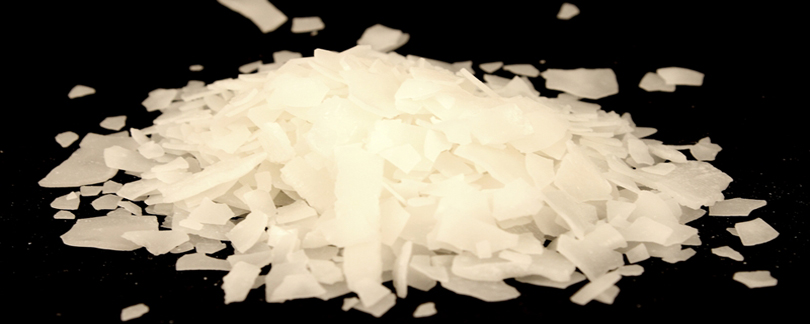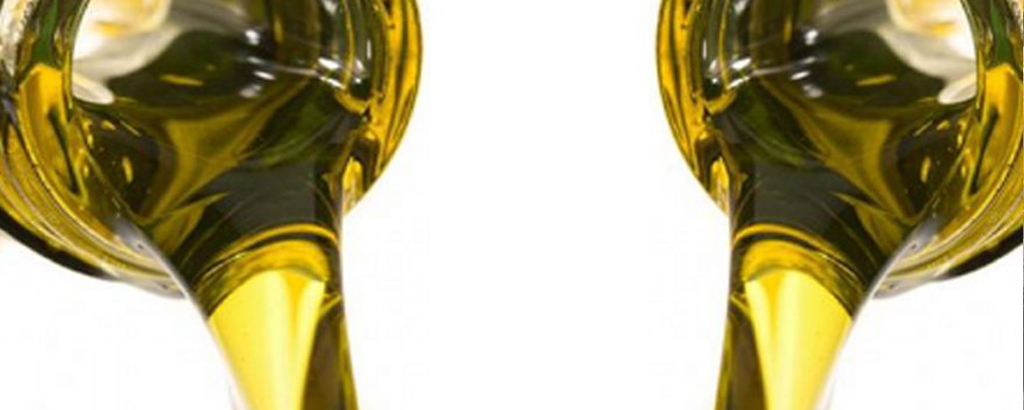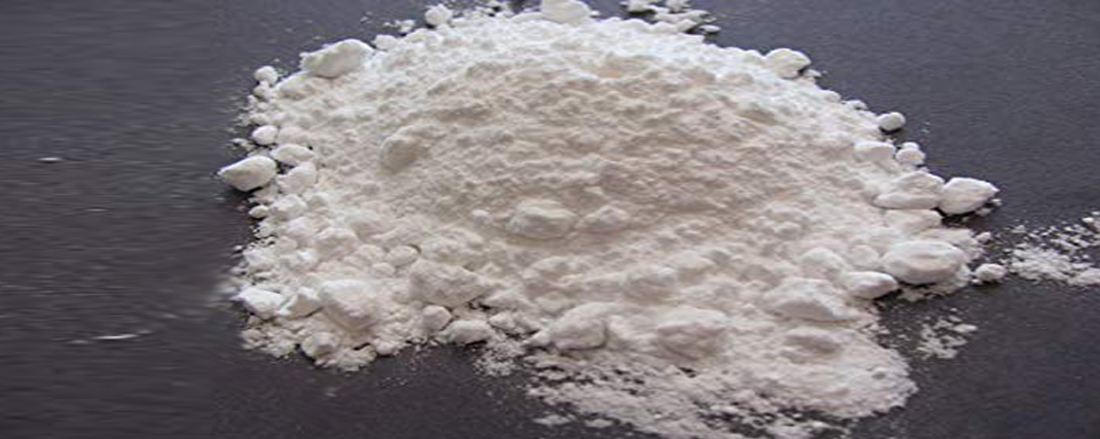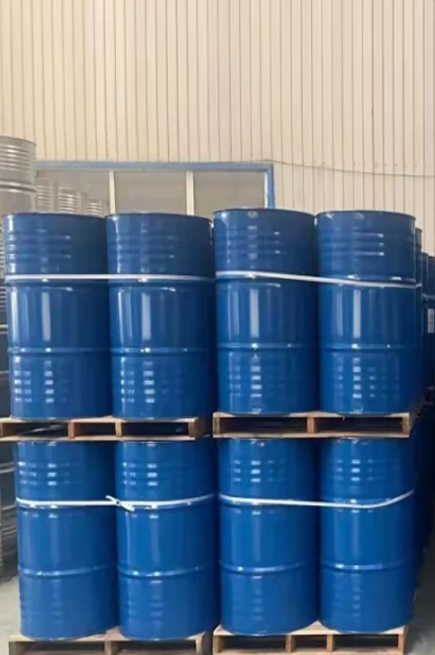kenya chemical is one of the Polyvinyl butyral PVB distributors, manufacturers, exporters, and suppliers in Fujairah, Dubai, Sharjah, Abu Dhabi, Doha, Kuwait, kenya. We are supplied to various industrial markets including Household, Institutional Cleaning, Personal Care, and Industrial sectors including Oil fields, Agriculture, Lubricants, Marine Industry, Metal Working chemical industry, and Coatings markets.
Polyvinyl butyral PVB is a resin mostly used for applications that require strong binding, optical clarity, adhesion to many surfaces, toughness, and flexibility. It is prepared from polyvinyl alcohol by reaction with butyraldehyde. The major application is laminated safety glass for automobile windshields. Trade names for PVB-films include KB PVB, Saflex, GlasNovations, Butacite, WIN LITE, S-Lec, Trosifol, and EVERLAM. PVB is also available as a 3D printer filament that is stronger and more heat resistant than polylactic acid (PLA).
Polyvinyl butyral PVB Applications
Automotive and architectural
Laminated glass, commonly used in the automotive and architectural fields, comprises a protective interlayer, usually, polyvinyl butyral, bonded between two panels of glass. The bonding process takes place under heat and pressure. When laminated under these conditions, the PVB interlayer becomes optically clear and binds the two panes of glass together. Once sealed together, the glass “sandwich” (i.e., laminate) behaves as a single unit and looks like normal glass. The polymer interlayer of PVB is tough and ductile, so brittle cracks will not pass from one side of the laminate to the other.
Colors
PVB interlayer can be purchased in colored sheets, such as for the blue or green “shade band” at the top edge of many automobile windshields. PVB interlayers can also be purchased in different colors for architectural laminated glass manufacture ranging from Bronze, Gray, Green, Brown, White, and many more. Discovered in the late 1990s it was found that PVB degraded over time within laminated windows.
Solar modules
PVB has gained acceptance among manufacturers of photovoltaic thin-film solar modules. The photovoltaic circuit is formed on a sheet of glass using thin film deposition and patterning techniques. PVB and the second sheet of glass (called backglass) are then placed directly on the circuit. The lamination of this sandwich encapsulates the circuit, protecting it from the environment. Current is extracted from the module at a sealed terminal box that is attached to the circuit through a hole in the back glass. Another common laminate used in the solar industry is ethylene-vinyl acetate (EVA).
Non-film applications
PVB resins (provided by the manufacturer in powdered or granulated form) are also utilized in a range of applications including technical ceramic (temporary) binders, inks, dye transfer ribbon inks, paints & coatings (including wash primers), binders for reflective sheet and binders for magnetic media. PVB resin is particularly useful for bonding to metals, ceramics, and other inorganics.
Polyvinyl butyral PVB Partition Type:
Lower Molecular Weight Grade PVB Resin
Medium Molecular Weight Grade PVB Resin
Higher Molecular Weight Grade PVB Resin
Polyvinyl butyral PVB Segmentation of industrial applications:
Paints, glues, Ink, etc.
PV panels sealing material
Buildings and automotive laminated glass
We are trying our best to supply every chemical you may wish to buy. However, if there is something you can’t find, feel free to contact us and we will find just what you are looking for and offer you a competitive price. For more information or to request a particular product, call customer services or Given website Email address.
mail@kenyachemical.com





